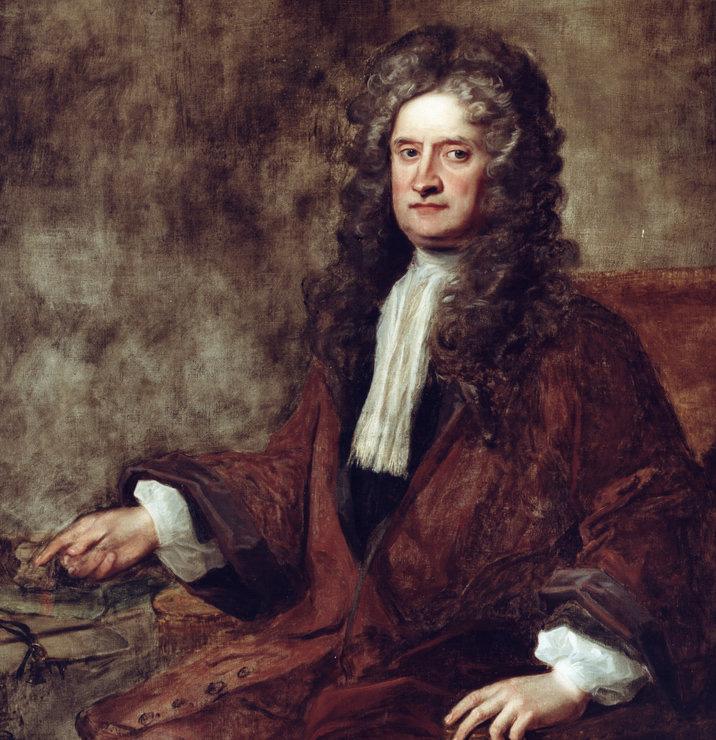
9 minute read
Provisional Truths: The History of Physics and the Nature of Science Jonathan Hale
from ORIGINS
In Aristotle’s Physics, the text to which the contemporary scientific discipline owes its name, the Greek philosopher claimed that the greater the mass of an object, the faster it would fall.1 For approximately two millennia after its proposal in the fourth century B.C.E., Aristotle’s theory was considered law. Around 1590 C.E., a mathematics professor at the University of Pisa named Galileo Galilei sought to prove otherwise. According to an account by his pupil Vincenzio Viviani, Galileo simultaneously dropped cannonballs of varying weights from the top of the Tower of Pisa to test Aristotle’s prediction that they would reach the ground at different times.2 The cannonballs hit the ground in unison. “‘To the dismay of all the philosophers,’” wrote Viviani, “‘very many conclusions of Aristotle were proven [false]… conclusions which up to then had been held for absolutely clear and indubitable.’”2 Galileo’s refutation of Aristotle’s centuries-old theory of gravity sent shockwaves through the budding scientific community, starting a chain reaction of discovery and falsification that has left an enduring mark on the way we think about science. But while Galileo had succeeded in shaking up the physics of his day, he was unable to explain what caused objects of different masses to fall at the same rate. It was not until almost a century later that Isaac Newton was able to provide a solution to Galileo’s puzzle. In early 1685, Newton formulated the law of universal gravitation: All particles are attracted to one another by a force directly proportional to the product of

Advertisement
Figure 1: (Left) Isaac Newton. (Right) Newton’s law of
universal gravitation. Force (F) is equal toNewton’s gravitational constant (G) multiplied by the product of the masses of each object (m1 and m2) and divided by the square of the distance between their centers (r2).
Albert Einstein
their masses and inversely proportional to the square of the distance between their centers.3 In other words, the force of gravity is greater between objects that are larger and closer together. Newton also postulated that force is equal to mass times acceleration in what is now known as Newton’s second law of motion. This law states that acceleration is equal to force divided by mass. So in the case of Galileo’s cannonballs, a larger cannonball would produce a greater gravitational force, but this force would be acting on a greater mass. More force divided by more mass would result in an acceleration identical to that of the smaller cannonball (or any object for that matter). The law of universal gravitation appeared alongside Newton’s other laws of motion in the 1687 publication Philosophiæ Naturalis Principia Mathematica (Mathematical Principles of Natural Philosophy) and radically transformed the way that physicists viewed the natural world.
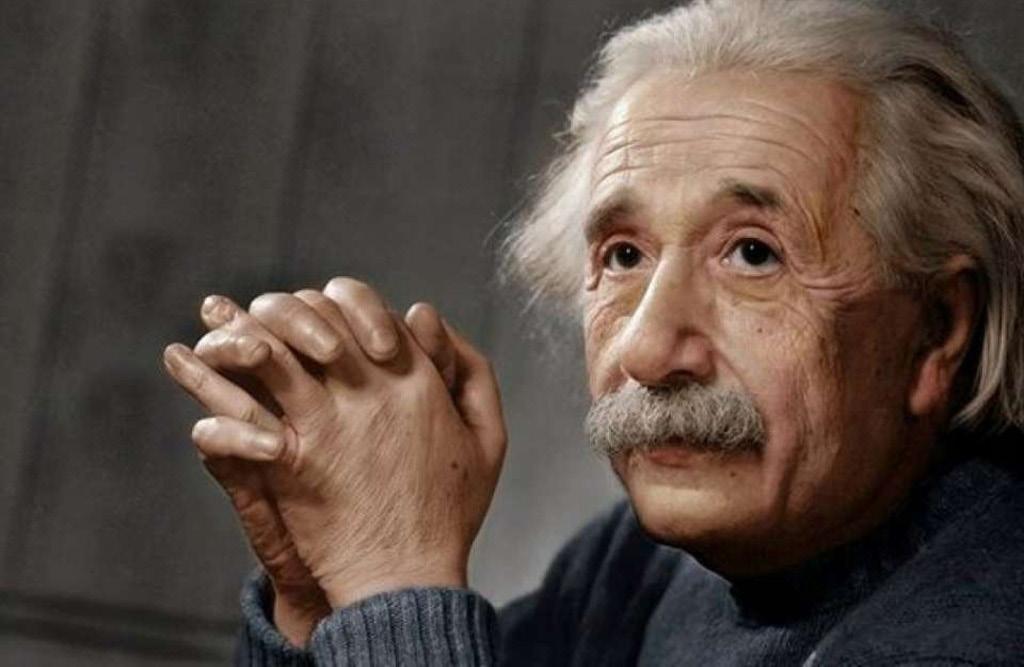
A WRINKLE IN SPACETIME
In the early 20th century, Newton’s theory was challenged by Albert Einstein’s theory of general relativity. Einstein realized that it would be possible to replicate Earth’s gravity in outer space. Think about what it feels like to jump in a rapidly accelerating elevator — you feel heavier because more initial force is required to overcome the elevator’s upward acceleration. You also stay in the air for less time because after you jump, the car’s floor accelerates up to meet your feet. Now consider what would happen if you were to emerge from unconsciousness in a windowless container accelerating at 9.8 m/s2 through zero gravity — you would feel no different than if you were standing on Earth’s surface. This is because 9.8 m/s2 is the average rate of gravitational
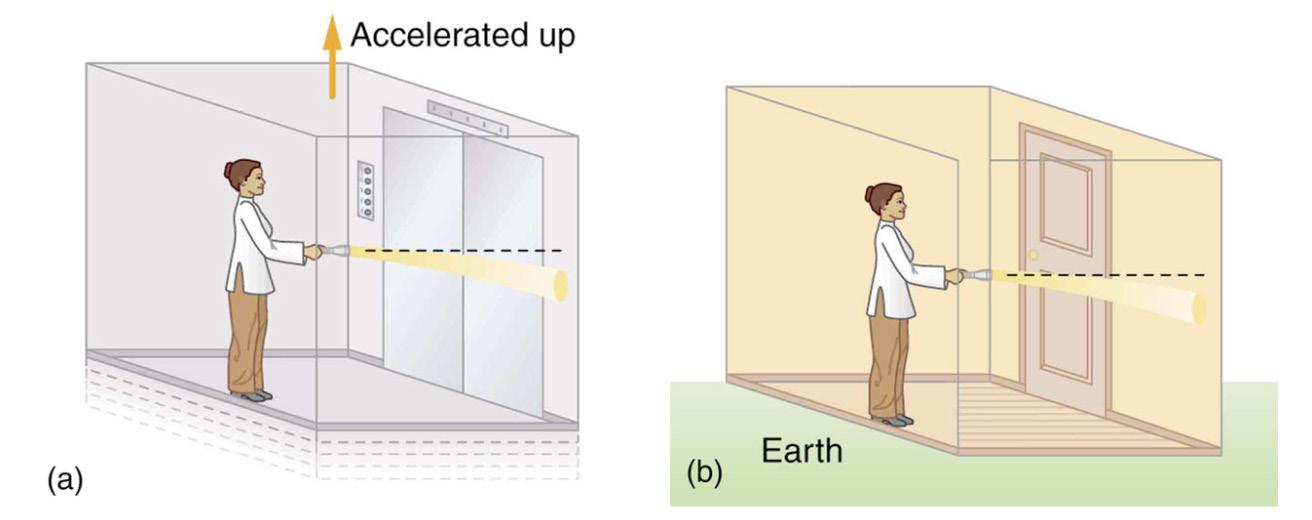
Figure 2: In (a), the beam of light appears curved because of the upward acceleration of the elevator car. In (b), the
beam of light appears curved because of the distortion in spacetime caused by Earth’s large mass. The beam of light is traveling in a straight line in both instances.
acceleration on Earth. So, if you were to toss a ball to the other side of the container, it would appear to “fall.” The ball would be travelling in a straight line as the bottom of the container accelerated upwards to meet it, creating the illusion of Earth’s gravity. The same principle could be applied to light. If you shined a flashlight from one end of the room to the other, the trajectory of the beam of light would appear slightly curved with reference to the walls of the room.4 To Einstein, the equivalence between gravitational and non-gravitational states was proof that gravity was not a force at all, but a mere illusion of perspective. But what, then, could possibly explain gravity’s effects? In his theory of general relativity, Einstein posits that large celestial bodies such as the Earth cause a distortion in spacetime, affecting the paths of objects in their gravitational fields. According to this theory, light does travel in a straight line through a gravitational field, albeit not from our frame of reference.4 Whereas Newton’s theory held that gravity was a force generated by objects because of their mass, Einstein argued that according to general relativity, gravity is not a force at all, just a byproduct of the imprint that large objects make in spacetime. Objects are not being attracted to each other as Newton thought, but travelling in straight lines through a distorted universe. General relativity was mere speculation until May 29th of 1919, when a solar eclipse offered British astronomers Frank Dyson and Arthur Stanley Eddington the opportunity to test Einstein’s theory. With the sun completely obscured by the moon, stars in the sun’s immediate vicinity would be visible. If general relativity was correct, then the starlight would “bend” as it passed the sun, causing a discrepancy between the stars’ predicted and perceived positions.5 But Einstein himself seemed untroubled regarding the possibility that his theory might be falsified, going so far as to declare that “the most beautiful fate of a physical theory is to point the way to the establishment of a more inclusive theory, in which it lives on as a limiting case.”6
THE METHOD TO THE MADNESS
The observations of Dyson and Eddington supported the predictions of general relativity and launched Ein-
Figure 3: According to Einstein’s theory of general relativity, extremely massive objects cause distortions in spacetime, depicted here as a two-dimensional grid. Each line in the grid “bends” as it passes close to the Earth or Sun. Similarly, the path of light’s travel “bends” even as the light continues moving in a straight line.
stein into international fame. However, equal in magnitude to Einstein’s impact on the world of physics was his impact on the methodology and practice of science. Einstein was willing to be wrong. The celebrated philosopher Karl Popper, who had attended Einstein’s lectures as a teen and regarded him as a significant influence, expressed this sentiment in his principle of demarcation.7 Popper argued that the boldness of science to subject itself to rigorous testing and the willingness of scientists to accept refutation is what demarcates science from pseudoscience.8 According to Popper, the goal of science should not be to prove theories right, but to prove them wrong.9 From Aristotle to Galileo and from Newton to Einstein, the development of our understanding of gravity demonstrates the potency of this ideal.
The constant undermining of our understanding of gravity helps illustrate Popper’s claim that at no point will we arrive at an end to science. This is because the aim of science in the Popperian sense is not to make any definitive, incontestable claims about the nature of the world, but rather to establish provisional truths to be questioned and falsified by the next generation of scientists. The process of proposing and rigorously testing falsifiable hypotheses that challenge these provisional truths forms the basis of the scientific method we know today.
Whether or not science is successful in obtaining objective truth is, by Popper’s account, beside the point. The value of science and its method is in its embodiment of our capacity to turn an inquisitive eye to the world around us and make thoughtful claims about how it works. Science is both daring and humble in its willingness to try and fail. Just as Einstein was willing to abandon general relativity should it have proved incorrect, science should never relinquish its commitment to boldly exploring the unknown without fear of being wrong. Or, as Popper suggests, “‘Do not try to evade fal-
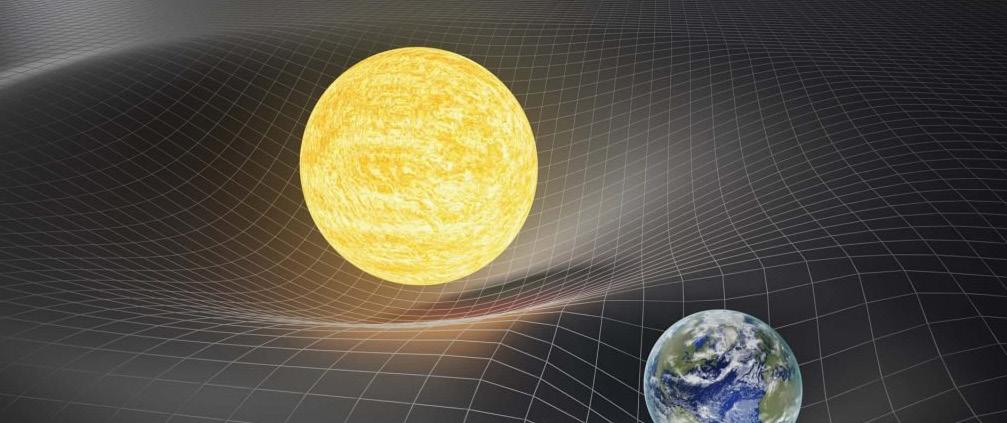
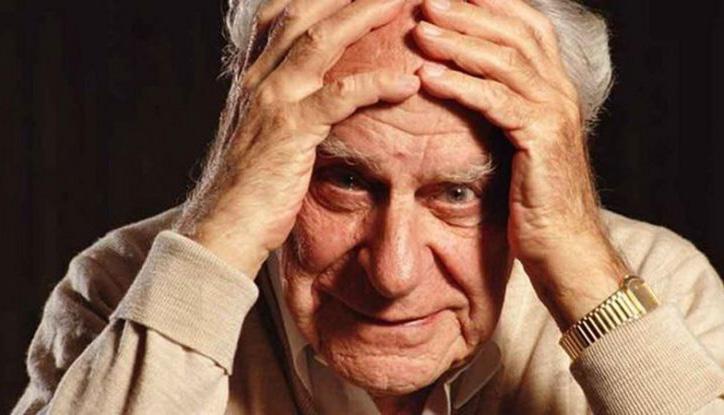
Karl Popper

Figure 4: A reproduction of an image captured during
the 1919 total solar eclipse. By measuring the relative positions of stars in the constellation Taurus, astronomers discovered that the Sun’s gravity altered the path of light’s travel. The 1919 solar eclipse failed to falsify Einstein’s theory of general relativity, launching the theory and its creator into international fame.
sification, but stick your neck out!’”.7 When Galileo falsified Aristotle’s theory of gravity, our perception of the world changed forever; when Einstein proposed general relativity, our perspective was altered once again. The history of scientific discovery tells us that we should be prepared to embrace further changes still when our provisional truths are inevitably falsified.
REFERENCES
1. Rovelli, C. (2015). Aristotle’s Physics: A physicist’s look. Journal of the American Philosophical Association, 1(1). https://doi.org/10.1017/ apa.2014.11. 2. Segre, M. (1989). Galileo, Viviani and the tower of Pisa. Studies in History and Philosophy of
Science Part A, 20(4), 435–451. https://doi. org/10.1016/0039-3681(89)90018-6 3. Cohen, I. B. (1981). Newton’s discovery of gravity. Scientific American, 244(3), 166–179. https://doi.org/10.1038/scientificamerican0381-166 4. Isaacson, W. (2018). Einstein. Simon & Schuster. 5. Cervantes-Cota, J. L., Galindo-Uribarri, S., &
Smoot, G. F. (2019). The legacy of Einstein’s eclipse, gravitational lensing. Universe, 6(1), 9. https://doi.org/10.3390/universe6010009 6. Holton, G. (1986). The advancement of science, and its burdens: The Jefferson lecture and other essays. Cambridge University Press. 7. Popper, K. (1974). Unended quest: An intellectual autobiography. Open Court Publishing Co. 8. Popper, K. R., & Miller, D. (1985). Popper selections. Princeton University Press. 9. Thornton, S. (2021). Karl Popper. The Stanford
IMAGE REFERENCES
1. Sustermans, J. (1635). Portrait of Galileo Galilei [Oil on Canvas]. In le Gallerie degli Uffizi. https://www.uffizi.it/en/artworks/portrait-galileo-galilei-by-justus-sustermans%20 2. College, O. (n.d.). Einstein’s thought experiment. In Lumen Learning. https://courses. lumenlearning.com/physics/chapter/34-2-general-relativity-and-quantum-gravity/ 3. Haymond, B. (n.d.). The Unification of
Mass-Energy and Spacetime? [Online Image].
In Thy Mind, O Human. https://www.thymindoman.com/the-unification-of-mass-energy-and-spacetime/ 4. ESO, Landessternwarte Heidelberg-Königstuh,
F. W. Dyson, C. Davidson, & A. S. Eddington. (2019). Highest resolution image of the 1919 solar eclipse [Online Image]. In European
Southern Observatory (ESO). https://www.eso. org/public/images/potw1926a/ 5. Subastan Carta de Albert Einstein en 135 mil dólares. (2019). [Online Image]. In Presencia Noticias. https://presencianoticias. com/2019/04/02/subastan-carta-de-albert-einstein-en-135-mil-dolares/ 6. Pensamientos de Karl Popper. (n.d.). [Online Image]. In La Ventana Ciudadana. https://laventanaciudadana.cl/pensamientos-de-karl-popper/










